As a business owner, you know that having a website is essential in today’s digital age. Not only does it give your customers another way to find out about your company and the services you offer, but it also allows you to showcase your work and attract new customers. But what goes into creating the Read more
Whats Next
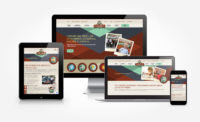
As a business owner, you know that having a website is essential in today’s digital age. Not only does it give your customers another way to find out about your company and the services you offer, but it also allows you to showcase your work and attract new customers. But what goes into creating the perfect website for a business? The following are some key steps necessary to develop an effective website that will help promote your company and generate more leads.
Define your goals
Before you start creating your website, it’s essential to take some time to think about what exactly you want your site to achieve. For example, are you looking to attract new customers? Showcase your work? Increase brand awareness? Once you know what your goals are, you can start planning out your content and design accordingly.
If attracting new customers is one of your primary goals, then you’ll want to make sure that your site is easy to navigate and includes clear information on the services you offer. You should also include customer testimonials or reviews on your site so potential customers can see that others have been happy with your work in the past. If you’re primarily focused on showcasing your work, then highlight some of your recent projects on your homepage and include a portfolio section where visitors can browse through your previous work.
No matter what your goals are, it’s important to remember that your website should be designed with your audience in mind. Make sure that the content and design are both easy to understand and visually appealing so that visitors will want to stick around.
Choose a domain name and host
Now that you know what your website is going to be about, it’s time to choose a domain name. This is the URL that people will type into their browser to find your site, so it’s important to choose something catchy and easy to remember. Once you’ve settled on a domain name, you’ll need to find a web hosting service. This is where your website’s files will be stored and accessed, so it’s crucial to choose a reliable provider.
There are many different web hosting services out there, so take some time to compare your options before making a decision. Once you’ve found a good host, it’s time to set up your site. Many hosts will offer website creation tools or templates that you can use to get started. If you’re not sure where to begin, there are plenty of tutorials and resources available online that can help you out.
Create compelling content
Now that your website is up and running, it’s time to start filling it with content. Your goal should be to create content that is informative, engaging, and relevant to your audience. If you’re not sure what kind of content to include on your site, take some time to look at other websites in your industry and see what they’re doing. You can also use keyword research tools to find out what people are searching for when they’re looking for a business like yours.
Once you have an idea of the kind of content you want to include on your site, it’s time to start writing. Make sure that each piece of content is well-written and free of errors. Once you’ve finished writing, edit your work and have someone else take a look at it before you publish anything.
It’s also important to keep your website updated regularly with new content. This will show potential customers that you’re an active business and give them a reason to come back to your site in the future. So try to add new content on a regular basis, even if it’s just a few paragraphs each week.
Over time, as you add more and more content to your site, you’ll start to attract attention from search engines like Google. This can lead to increased traffic as people find your site when they’re searching for information on the web. As long as you continue creating quality content, you should see this traffic increase over time.

Promote your site
Once your website is up and running, it’s important to promote it so that people can find it. There are a number of ways to do this, but one of the most effective is through search engine optimization (SEO). This is the process of making sure that your site appears as high as possible in search results for relevant keywords.
There are a number of things you can do to improve your site’s SEO, but one of the most important is to create quality content. Google will rank your site higher in their results if they see that you’re providing valuable information to visitors. You can also use keyword research tools to find out which keywords are most likely to bring people to your site.
In addition to SEO, there are a number of other ways to promote your site. For example, you can use social media, pay-per-click advertising, and email marketing to reach potential customers. The key is to experiment and see what works best for your business.
Email marketing is a great way to promote your website. However, you should also make use of social media to promote your website. Create accounts on sites like Facebook, Twitter, and LinkedIn and start sharing your content with others. Be sure to include links back to your site in each post so that people can easily find it.
As you promote your site, you may also want to consider running a pay-per-click advertising campaign. This is where you pay to have your ad appear on Google and other search engines. When someone clicks on your ad, they’ll be taken to your website. Pay-per-click advertising can be a great way to attract visitors to your site, but it’s essential to make sure that you’re targeting the right keywords so that you don’t waste money on ads that no one will ever see.
Analyze your results
Once you’ve been promoting your website for a while, it’s important to analyze your results and see how well it’s performing. There are a number of ways to do this, but one of the most effective is through web analytics tools. These tools will track things like how many people visit your site, where they come from, and what they do while they’re there.
This information can be extremely valuable in helping you improve your website. For example, if you see that most of your traffic is coming from social media, you might want to focus on creating more content for those platforms. Or, if you notice that people are leaving your site after just a few seconds, you might need to work on making your content more engaging.
Web analytics tools can be a bit overwhelming, but there are plenty of resources available to help you get started. Once you start using them, you’ll be able to learn a lot about your website and how to make it more successful.
Make changes and improve
Once you’ve analyzed your results and made some changes to your website, it’s important to keep track of how those changes are affecting your business. This will help you determine what’s working and what’s not so that you can continue to improve your site. One way each business can improve their website is by having the best chat software for business website so clients can get hold of you easily to gather more information.
It can be helpful to set up goals for your website and track your progress over time. For example, you might want to track how many leads or sales you get from your site each month. Or you might want to see how much traffic you’re getting from search engines. Whatever goals you choose, make sure that you’re monitoring your progress so that you can see what’s working and what needs improvement.
In addition, it’s important to keep your website up-to-date with the latest trends. This includes things like design, content, and technology. By keeping your site up-to-date, you’ll ensure that it’s always ready to meet the needs of your customers.
Outsource where necessary
As your website starts to grow, you might find that you need help with some of the tasks associated with it. This is especially true if you’re running a large site or one that’s growing quickly.
There are a number of things you can outsource, including web design, development, and marketing. You can also hire someone to handle customer support or manage your social media accounts. The key is to find someone who’s qualified and who you can trust to do a good job. Outsourcing can be a great way to free up your time so that you can focus on other aspects of your business. It can also help you grow your business more quickly than you could on your own.
When outsourcing, it’s important to be clear about your expectations and to set up a system for communication. This will help you avoid any misunderstandings and ensure that everyone is on the same page. Outsourcing can be a great way to improve your website and grow your business. Just be sure to do your research so that you can find qualified, trustworthy people to work with.
If you follow these steps, you’ll be well on your way to creating the perfect website for your plumbing business. Just remember to keep track of your progress, make changes as necessary, and outsource where it makes sense for you. Then, with a little effort, you can have a website that’s both effective and efficient. And that’s what every business wants.

Alkaline water is believed by many to help in neutralizing acids in the body. For this reason, many consumers buy alkaline bottled water. But constantly having to buy bottled water is something that takes a toll on one’s budget as well as contributes to plastic waste. In trying to avoid plastic there is the option Read more
Alkaline water is believed by many to help in neutralizing acids in the body. For this reason, many consumers buy alkaline bottled water. But constantly having to buy bottled water is something that takes a toll on one’s budget as well as contributes to plastic waste. In trying to avoid plastic there is the option to switch to alkaline water filters. Finding the best alkaline water pitcher also provides a highly convenient way to make your own alkaline water at home. There are many other options to choose from as well, some systems more complex than others.
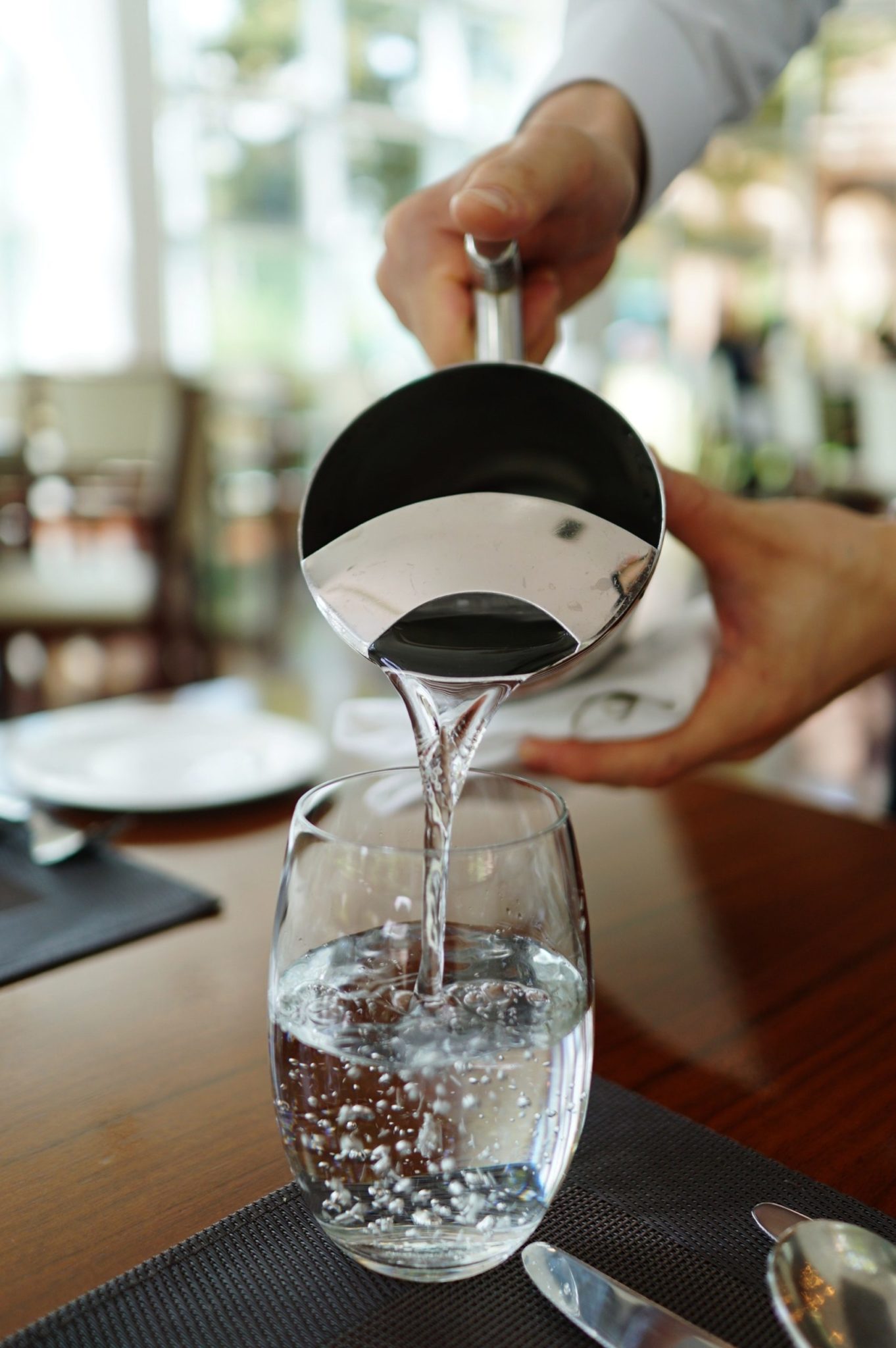
Alkaline Water Pitcher
Water pitchers are famously very easy to use and maintain and some of them come with the added convenience of making alkaline water. The EHM Ultra Premium Alkaline Water Pitcher is one such model and it drastically improves the water’s taste. Easy to install and take apart when cleaning is required, the pitcher is a highly versatile tool and can help in balancing pH levels in the body.
These types of filtering systems use cartridge mediums through which water is passed to be purified. These cartridges are changed after some time of use and thus a new fresh filtration process can begin. The jug itself is made with plastic which adds to the convenient budget-friendly product. Other more premium pitchers are made from steel or glass, making them more durable and elegant.
Alkaline Water Machine
Another way to produce alkaline water is by making use of an alkaline water machine. This device is installed on the counter in connection with a standard tap faucet. This little machine is easy to install, takes only about 10 minutes, and stands on the counter close to the faucet. Its interface offers enough control to swiftly and easily adjust the level of alkalinity.
Such a device can go through almost 4000 liters of water which would amount to a year’s water usage. Not only will it help in ditching bottled water but it also looks quite stylish on the counter. With natural antioxidants and better hydration, this device is well worth the price tag.
Countertop Alkaline Water Dispenser
In the same vein as a water pitcher, a water dispenser works almost the same, with the benefit of a larger tank and dispenser valve. The Invigorated Water pH Recharge 1F Alkaline Water Filter is one example of this type of countertop dispenser and can filter somewhere close to 96 gallons of water with one cartridge.
Made with high-quality material, BPA free, and with all necessary safety tests in place. For such a large filtering capacity this countertop alkaline filter can easily fit both on the counter and in the fridge. This can be highly convenient if connecting to the faucet is not desired or if chill water from the fridge is a must.
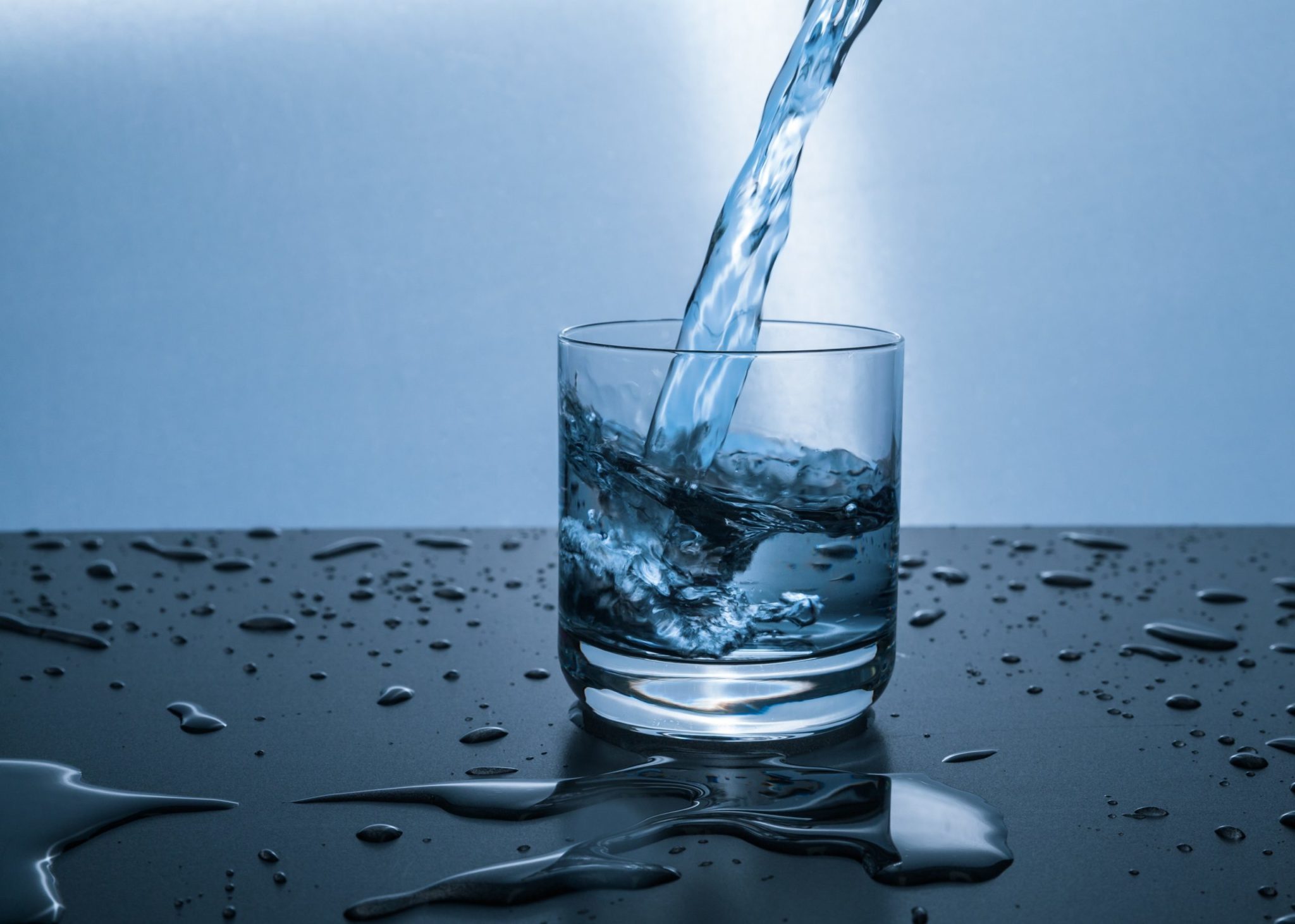
Alkaline Water Sticks
An alloy steel tube filled with maifan stones acts as the purified medium to clean and remineralize the water. Perfect for people wishing to ditch bulky water filters in favor of small portable water filtering methods. EHM Alkaline Water Ionizer Stick is one such device that can filter 90 liters per stick.
This kind of tool is usually popular with outdoor enthusiasts that wish to have a convenient and portable filtering system on the go. The alkaline method by which this tool functions is another reason why it is often sought out.
Reverse Osmosis with Alkaline Integration
Reverse osmosis systems are considered the goliath of water filtration and with alkaline integration, it is even more attractive. Not only is it capable of removing chlorine, heavy metals, lead, and many other harmful materials but it also has a remineralization stage that balances water alkalinity.
A more complex system that requires far more extensive installation than a simple countertop, an RO system can be highly efficient. With a pressure tank and not requiring electricity to work, an RO system brings good quality filtered water that only gets better once it passes through the alkaline stage.
Concluding Thoughts
Water filtration has become an increasing commodity in many modern households. With the advent of technologies many consumers also implement alkalinity devices into their water filtration. Buying bottled alkaline water is not always the best solution and the advantage comes from the many available home devices that do the same job.
Most easy to use are water filter pitchers. More costly are alkaline water machines which usually come in form of countertop water filters. Reverse osmosis systems integrating alkalinization or mineralization remove the most contaminants.
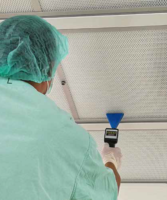
The air filters in homes play an important part in capturing dust, debris and other particles such as mold and pet dander from the air keeping your indoor space clean and pollution-free. There are many advantages to regularly changing the air filters in a home, and this article will outline some of the reasons why Read more
The air filters in homes play an important part in capturing dust, debris and other particles such as mold and pet dander from the air keeping your indoor space clean and pollution-free. There are many advantages to regularly changing the air filters in a home, and this article will outline some of the reasons why this should be at the top of the list of home improvements projects.
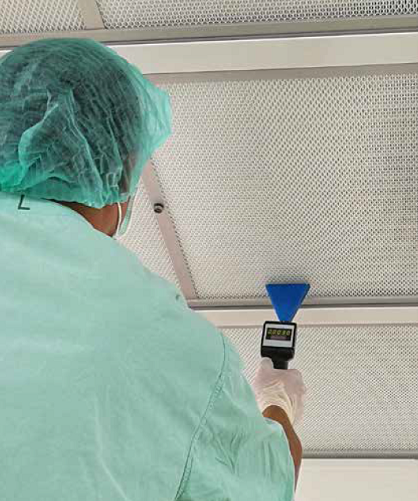
Better Air Quality
Air filters are designed to improve your indoor air quality by filtering out particulates such as spores, dust, dander, smoke and smog. Regularly changing your air filter will keep your home cleaner, ensuring the air you breathe is fresher and healthier. This is especially important for pet owners as well as children and elderly people in your household.
Cleaner air within your home can also help allergy and asthma sufferers, especially during the hay fever season. Regularly changing your air filter can make it easier to breathe and reduce indoor allergy symptoms such as itchy, watery eyes, a runny nose or congestion.
A dirty air filter will also accumulate build-up from the air it draws in which can cause mold, fungus and bacteria to grow in it. This can have a counter effect of introducing harmful particles and pollutants into the air in your home causing potential health problems.
Greater HVAC Efficiency
One of the most common reasons why heating, ventilation and air conditioning (HVAC) equipment breaks down is due to dirty air filters.
Changing your air filter every 90 days or more will keep it from clogging up and preventing air from passing through. A dirty air filter can place undue strain on your HVAC system as the heating and cooling equipment must work harder to draw in air causing it to expend more energy in maintaining a comfortable temperature. This can also cause malfunctions in your HVAC system, resulting in overheating or freezing when set to air conditioning mode.
Regularly changing the filter will ensure your HVAC system is performing at its optimum efficiency, helping to reduce the cost of your energy bills. It will also ensure that it lasts longer and needs less repair and maintenance.
Your air filter’s main job is to protect your home’s HVAC system. An air filter that has a MERV rating that is too high can cause damage to its heat exchanger, compressor and air conditioning coil. It is best to use an air filter with a lower rating such as a MERV 11 air filter or below, which is fine for residential use.
Cleaner Environment
The more efficiently your air filter is working the more dirt, debris and dust it is able to capture. This can greatly reduce the accumulation of dust on indoor surfaces such as shelves, books and tabletops.
Regularly changing your air filter will ensure there is less airborne dust. A cleaner indoor environment means you do not need to spend so much time and energy cleaning your house.
Follow the guidance in this article to ensure your air filters and HVAC system are working optimally at all times, creating a clean and healthy environment for you and your family throughout the year.
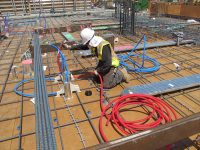
Did you know, that around 500 000 US homes still do not have adequate plumbing? This shocking statistic has sent shockwaves through an industry much maligned for being too expensive for ordinary people and has led to a jump in students and apprentices registering for the trade – not a bad thing at all. The Read more
Did you know, that around 500 000 US homes still do not have adequate plumbing? This shocking statistic has sent shockwaves through an industry much maligned for being too expensive for ordinary people and has led to a jump in students and apprentices registering for the trade – not a bad thing at all. The more players there are in the field, the more competition will raise standards and force prices down, and hopefully, that will mean that more folks can get the work done that they really need.
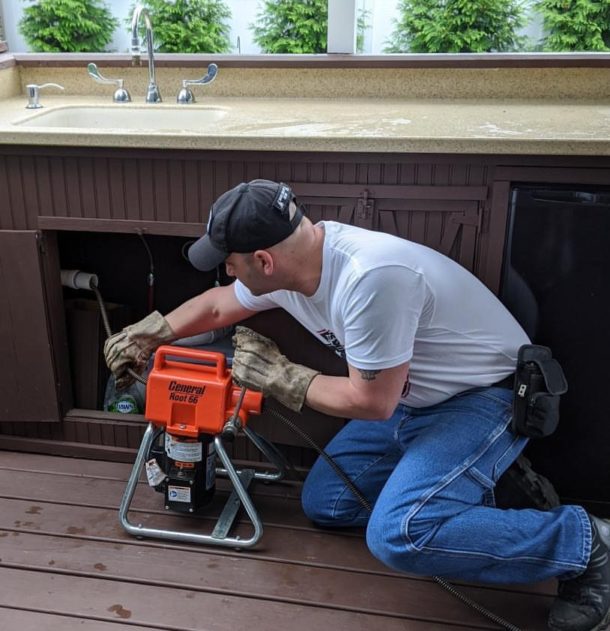
So we thought we’d help you jump the gun (at least, a tiny bit), and help you discover what are the essential tools and skills that every aspiring plumber must-have.
First up, what tools should every plumber have – and know how to use?
Well, as your progress through your training and apprenticeship, you’re going to learn all about what you’ll need when, and depending on the discipline you’re pursuing, home-based or commercial, you’ll learn about different requirements and needs. But, as a general rule, you’ll not be worth any salt at all without:
- Pipe wrench
- Basin wrench
- Adjustable wrench
- Faucet key
- Hacksaw
- Tube and plastic pipe cutters
- Plumber’s torch
- Thread sealing tape
- Pliers
- Press fitting systems
- Plungers
- Hand Auger
- Snake Machine
- PPE
- Heat shields/pads
- PEX pipe expander & fittings
- Crimpers
- Stubby screwdriver
- Borescope
- Plumbing business software
- Communication skills
- Patience!
And when you’re really ready to up your game, you’ll be wanting a lathe too.
What skills will you be learning?
Plumbing is so much more than just working with waterpipes and you’ll want to make sure that you’re best placed to capitalize on opportunities when entering the market. So when choosing your school or training facility, you want to make sure that you’ll be learning:
INSTALLATION, TROUBLESHOOTING, AND REPAIR
- installing and repairing piping (for waste, drainage, and venting systems)
- installing and repairing plumbing fixtures (sinks, faucets, toilets, etc.)
- fixing leaking or clogged lines
- connecting appliances that use water (washing machine, dishwasher, etc,)
- installing piping for gas, pneumatic, and air handling systems
THE LATEST TRENDS AND TECHNOLOGY
- hands-free faucets and toilets that use motion technology to turn off and on
- programmable showers that can be set up with personalized lighting, temperature, and sound
- digital leak-monitoring systems that detect leaks fast, and send alerts straight to the client’s cell phone
- greywater recycling systems that take “gently” used water from showers, washing machines, and dishwashers, and recycle it for re-use in the home and garden
BLUEPRINTS & BASIC MATH
Interpreting blueprints correctly is a very savvy skill for all plumbers to learn. Without this, you won’t be able to understand mechanical or architectural drawings which help you correctly install fixtures and appliances. Learning how to do this correctly will also help you sharpen your analytical skills too.
Now, to learn all of this you’ll be wanting to make sure that you find the best possible training facility in order to get the best possible apprenticeship.
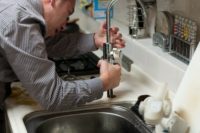
We know that plumbing is a competitive industry. But we also know that there are plenty of ways to stand out from the competition. COVID-19 has created a more competitive environment for plumbers, with industry revenue down 5.3 per cent across 2020/21, resulting in $15.9 billion lost to the industry. In addition, the plumbing industry Read more
We know that plumbing is a competitive industry. But we also know that there are plenty of ways to stand out from the competition.
COVID-19 has created a more competitive environment for plumbers, with industry revenue down 5.3 per cent across 2020/21, resulting in $15.9 billion lost to the industry. In addition, the plumbing industry is set to take a further hit following the conclusion of the lucrative Federal Government’s HomeBuilder scheme.
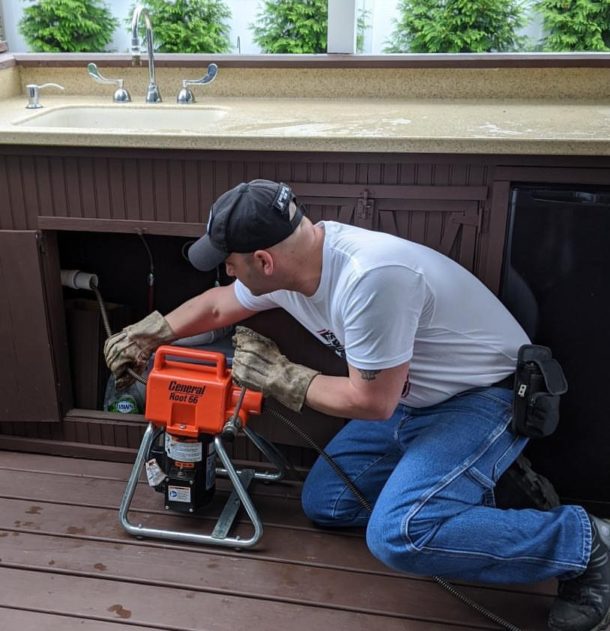
Despite these challenges, there were 90,800 Plumbers in 2020, which is expected to rise to 96,500 by 2025 – creating an even more competitive environment. That means it is vital to do everything possible to promote your business to stay ahead of the competition. Here are some ways you can rise to the top.
Adopt The Latest Plumbing Technology
There are many benefits of adopting the latest plumbing technology. One is that it will help your business save money on water and energy bills. Another advantage is that it will make your life easier with less time spent on maintenance and repairs. You’ll also be able to provide better customer service, which in turn means more revenue for your company.
Investigate technologies like smart shower, toilet and irrigation systems that can be controlled with a mobile device, energy-efficient water heating devices and get the right tools for water leak detection in Melbourne. Technology is updating all the time, so it’s important that you stay up-to-date.
The modern household has a thirst for energy and water-efficient technologies that are better for the environment. Over 12 per cent of all houses globally are already smart homes, and it has become a 99.41 billion USD global industry. With more consumers changing their purchasing behaviors to be more sustainable, our plumbing business must move with the times.
Create a Website That is Designed to Attract Customers
Do you need a new website for your plumbing company? Traditionally those in the trades industry have not prioritized their digital presence, but today it is essential with most consumers using the internet to discover plumbers in their local area.
Older generations may still rely on word of mouth and numbers listed in directories; younger generations are heading directly to Google to find trades services. Considering that three-quarters of the Australian public will require plumbing services in the next 12 months, it is a market too big to ignore.
Websites are the backbone of any business. They’re how people find you, learn about what you do, and decide if they want to work with you. That’s why it’s essential to have a professional-looking site that will increase your visibility and credibility to help get more leads.
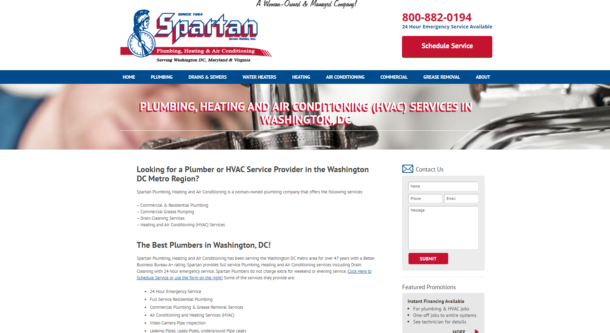
Build Your List of Positive Online Reviews
While the modern consumer looks for plumbers online, referrals still play an enormous role in the industry – they have just moved online.
Reviews are the best way to show potential customers that your company is worth their time and money. They help establish credibility and trust in your local community and separate you from cowboy operators without licenses that could potentially rip consumers off.
It would be best to encourage all of your customers to leave Google reviews on your business to help promote your brand. The more positive reviews you get, the better you will be perceived in your local community and the more jobs.
What happens when people leave bad reviews? The worst thing you can do is ignore it. Instead, respond to all negative reviews and ask how to remedy the problem and improve their experience. This is a surefire way to flip around negative sentiment into positivity.
When you consider that over 90 per cent of consumers regularly or occasionally read reviews and 84 per cent trust them as much as a personal recommendation, it is a method of promoting your business that you can’t ignore.
